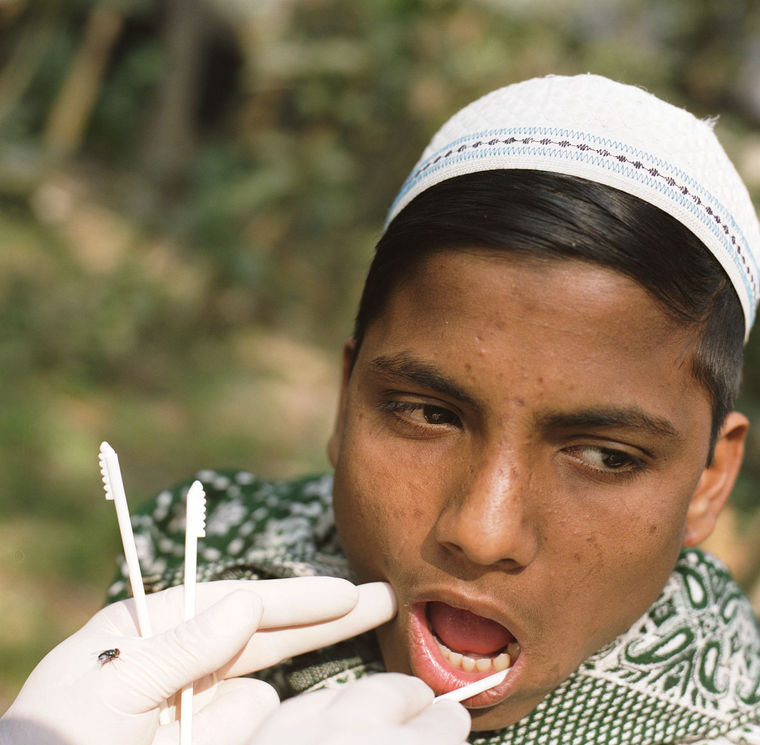
By Kevin Kwong
The Daily
Annually, the World Health Organization (WHO) commemorates March 24 as World Tuberculosis Day in recognition of the continued impact of tuberculosis (TB), a widespread, and in many cases, fatal disease. By their estimate, more than 9 million people worldwide fell ill with tuberculosis in 2013 and 1.5 million died.
“The human impact of the disease is very much in our minds right now,” Gerard (Jerry) Cangelosi, an infectious disease researcher at the UW, said on World TB Day 2015. “In our field, numbers mean a lot. And for TB, the numbers are staggering.”
Cangelosi is one of many researchers worldwide working on ways to reduce tuberculosis’ health impacts. In collaboration with other researchers at the UW and the South African TB Vaccine Initiative (SATVI), Cangelosi hopes to develop an alternative method to diagnose TB.
The oral swab PCR (OSP) test aims to directly detect the disease-causing agent rather than the body’s response to it, like in current TB tests.
In OSP, samples taken with a swab from the inside of the cheek is analyzed for the presence of Mycobacterium tuberculosis DNA. This is thought to be indicative of infection.
Diagnosing Tuberculosis
Currently, TB is generally diagnosed by obtaining and testing sputum, a thick mucus coughed up from the lungs of sick individuals. However, researchers say sputum testing is not optimal for detecting individuals with TB early. Not everybody infected with M. tuberculosis becomes sick. In most cases, the bacteria is latent in infected individuals.
“The only time that transmission takes place is between when the TB becomes active and when it is diagnosed,” Cangelosi said. “If the case-finding can be done earlier in the process, we can more readily prevent transmission and the disease.”
Read full article at DailyUW.com.